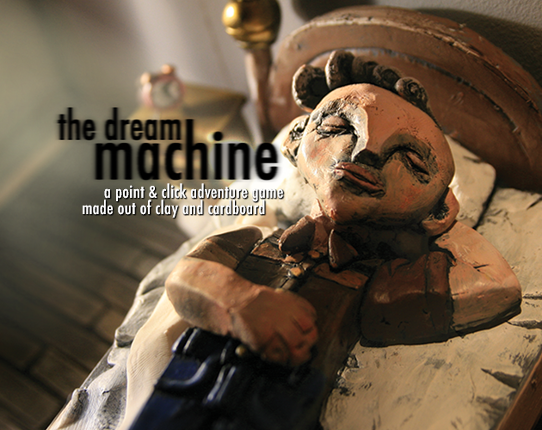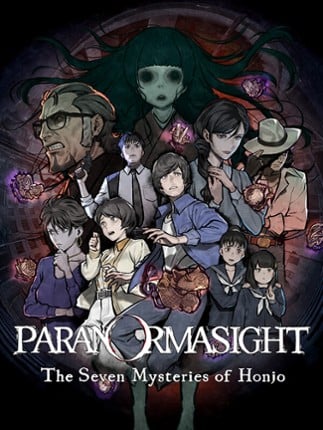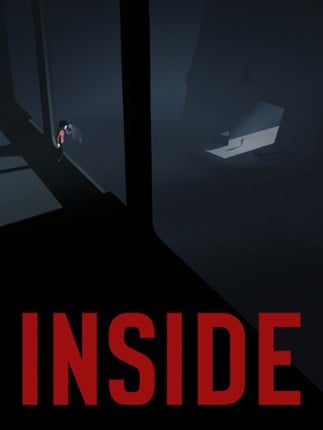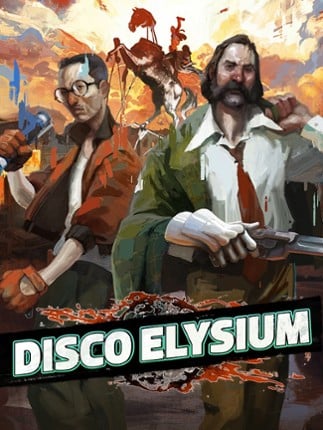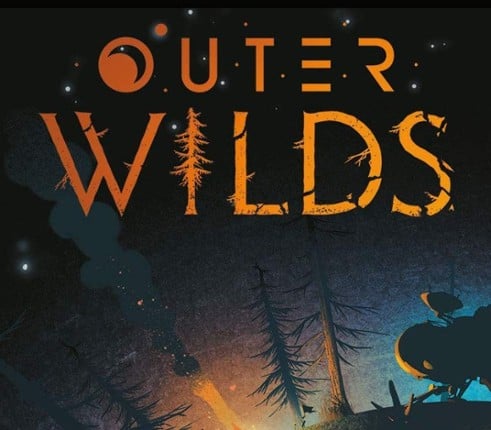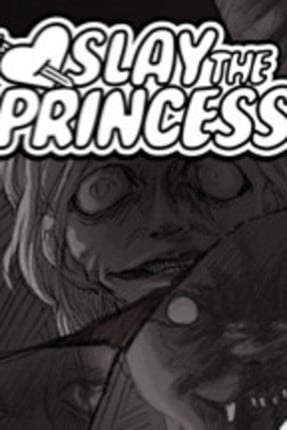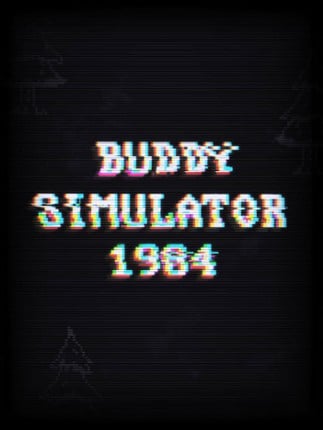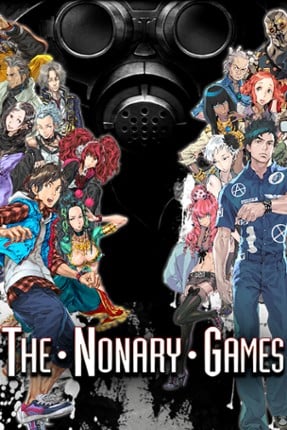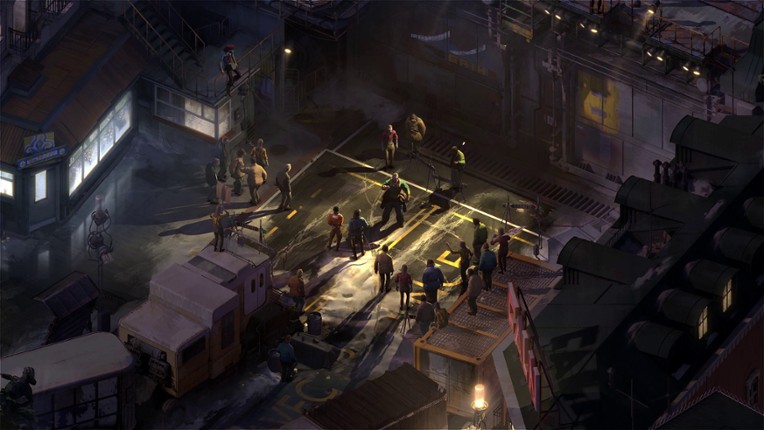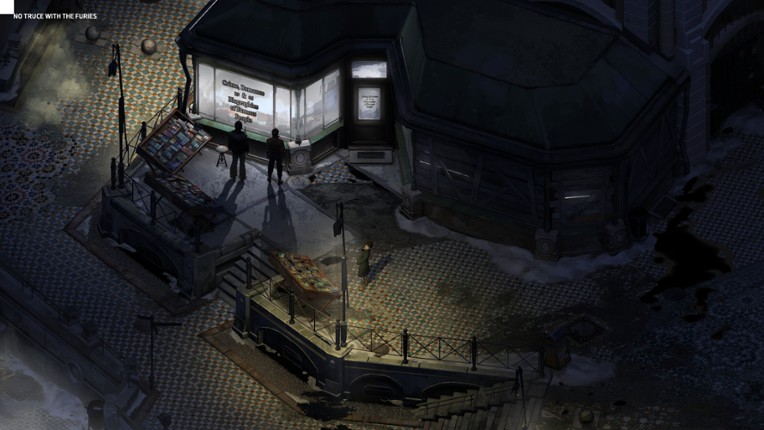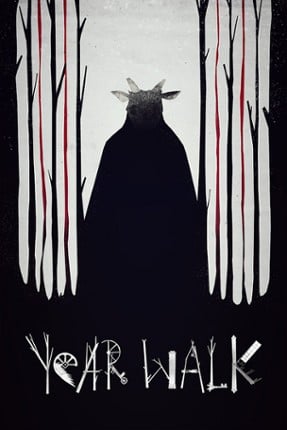- February 23, 2022
- Garage Heathen
- 4h median play time
Who's Lila?
Platforms
About
"Who's Lila?" is a narrative-driven adventure game that follows the story of a detective investigating the mysterious disappearance of a woman named Lila. The game features unique puzzle mechanics and a distinct 2D art style, immersing players in a dark and suspenseful atmosphere as they uncover the truth behind Lila's disappearance. With multiple endings and branching storylines, "Who's Lila?" offers a replayable and engaging experience.
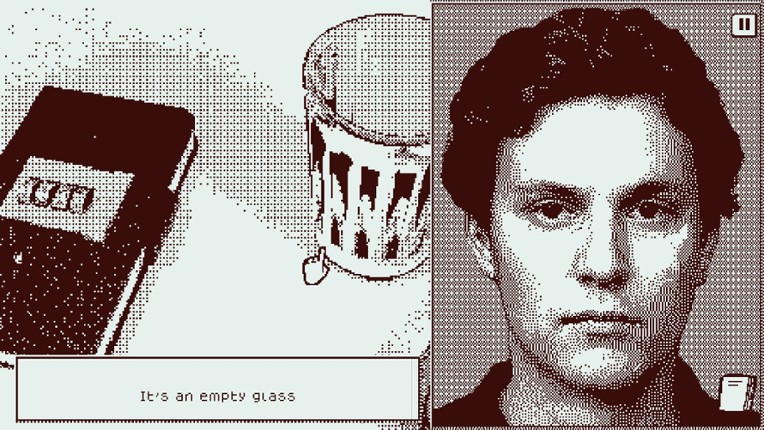

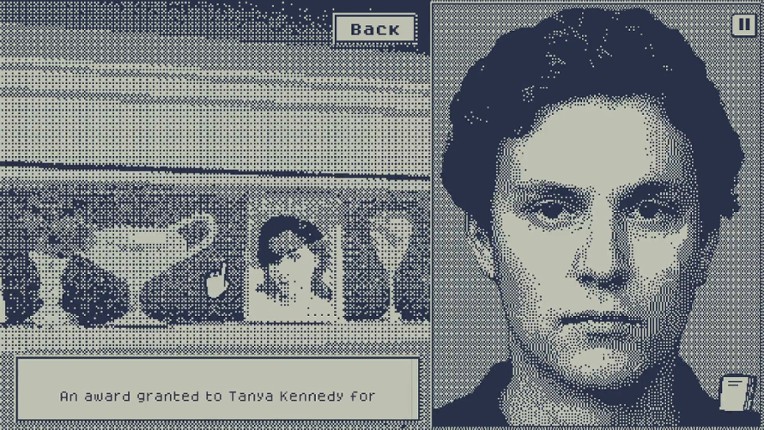
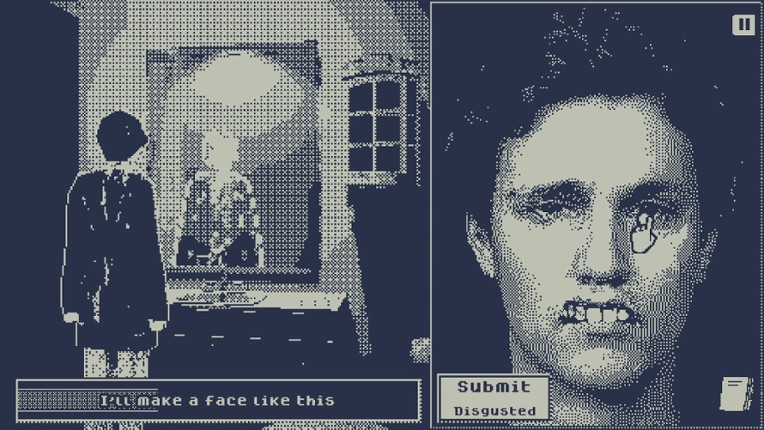
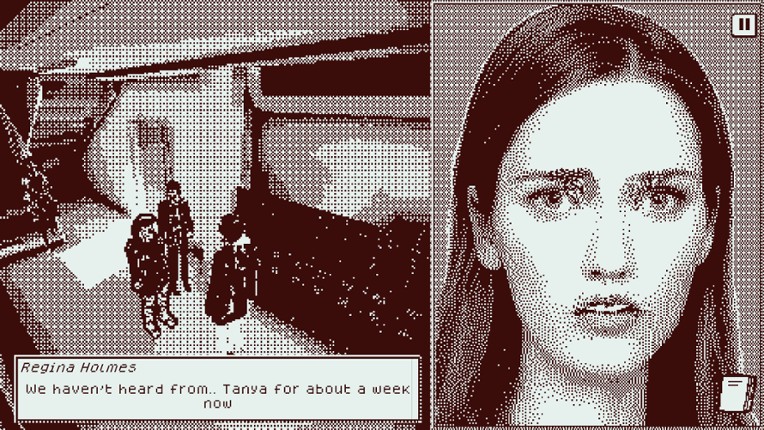
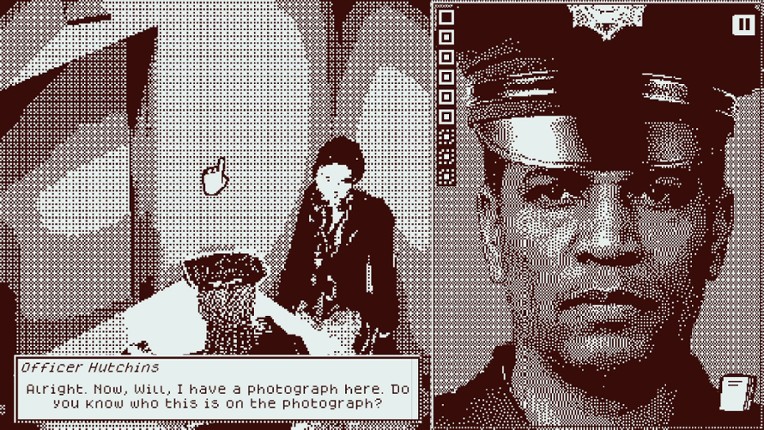
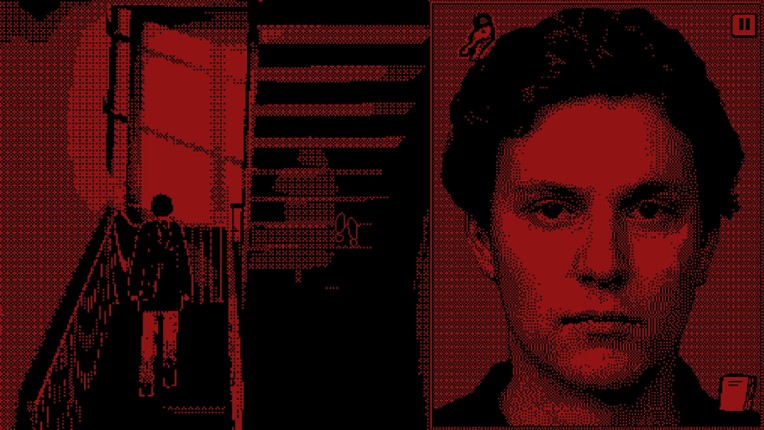
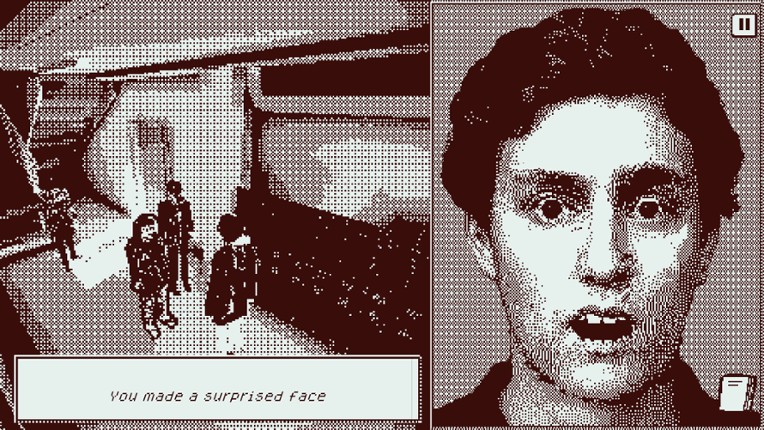

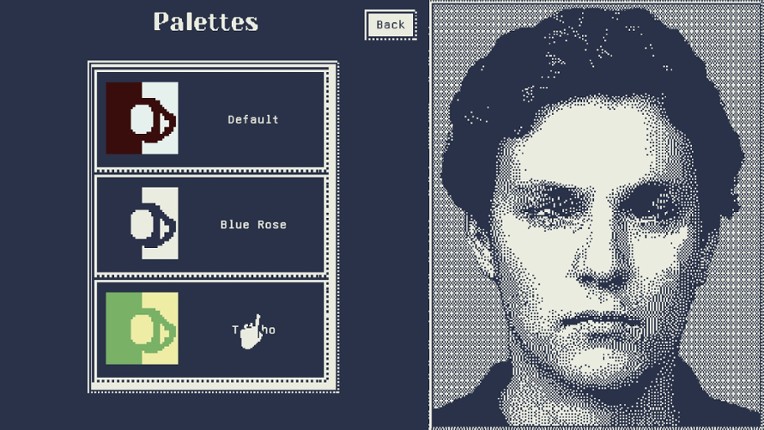

- Unique gameplay mechanic of manipulating facial expressions to influence dialogue and outcomes.
- Intriguing and complex narrative that encourages exploration and multiple playthroughs to uncover the full story.
- Atmospheric visuals and sound design that enhance the unsettling and eerie experience.
- Repetitive gameplay due to the need to replay sections for different endings, which can become tedious.
- Some puzzles and endings require external resources or guides, which may detract from the immersive experience.
- Bugs and glitches that can disrupt gameplay, including issues with character movement and expression recognition.
story
356 mentions Positive Neutral NegativeThe story of "Who's Lila?" is a complex, non-linear narrative that intertwines elements of mystery, horror, and philosophical exploration, drawing comparisons to the works of David Lynch. Players navigate the tale through multiple endings and unique gameplay mechanics, such as manipulating facial expressions to influence dialogue and outcomes, which enhances the immersive experience. While the intricate plot captivates many, some find it convoluted and challenging to piece together without external guidance, leading to mixed feelings about its overall coherence and accessibility.
“The story is weird, but in a good way, deep and powerful, and I just fell in love with Lila.”
“But it’s the engrossing, non-linear story that touches on philosophy and identity in so many places that make it more interesting than many prestige TV shows.”
“The story captivated me from beginning to end, truly a work of art.”
“Finally, there isn't much point in going into this game without a guide due to the hyper-specificity it requires to uncover various story elements, so this is more like heavily stylized interactive fiction than it is a playable game, which I feel like they should either fix or be more upfront about.”
“The problem is that the game leans heavily away from that after the first hour or two and instead starts shifting into an incredibly convoluted and confusing story with way too much meta-focus.”
“It's not an issue of the story being 'hard to understand', but rather that there quite literally is no story and the developer leaves the plot and even the entire existence of characters purely to your own imagination.”
